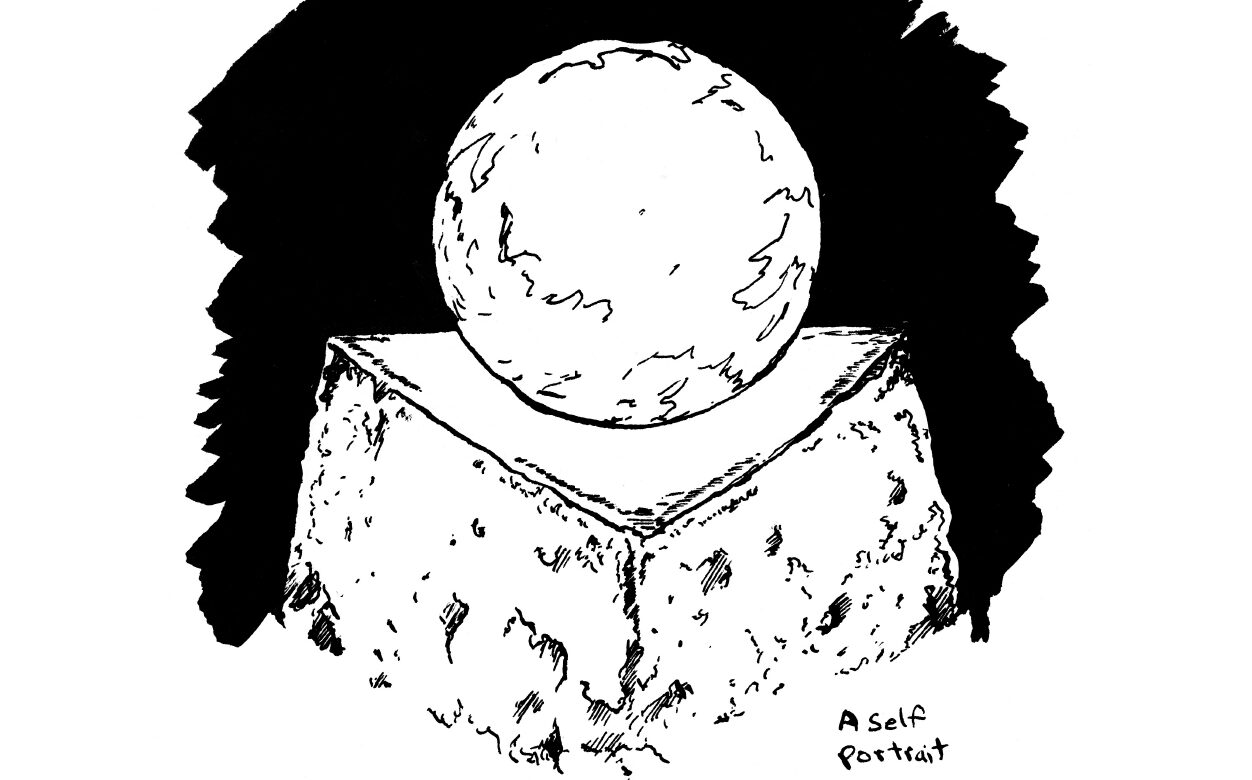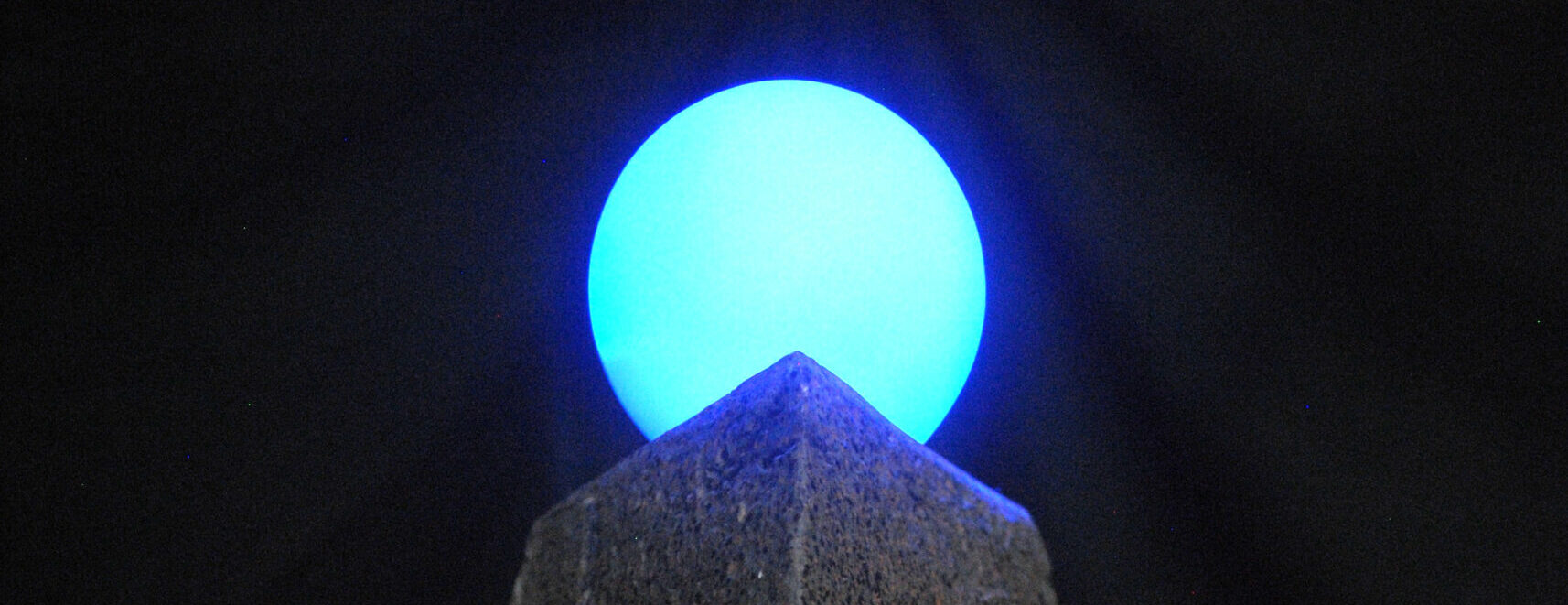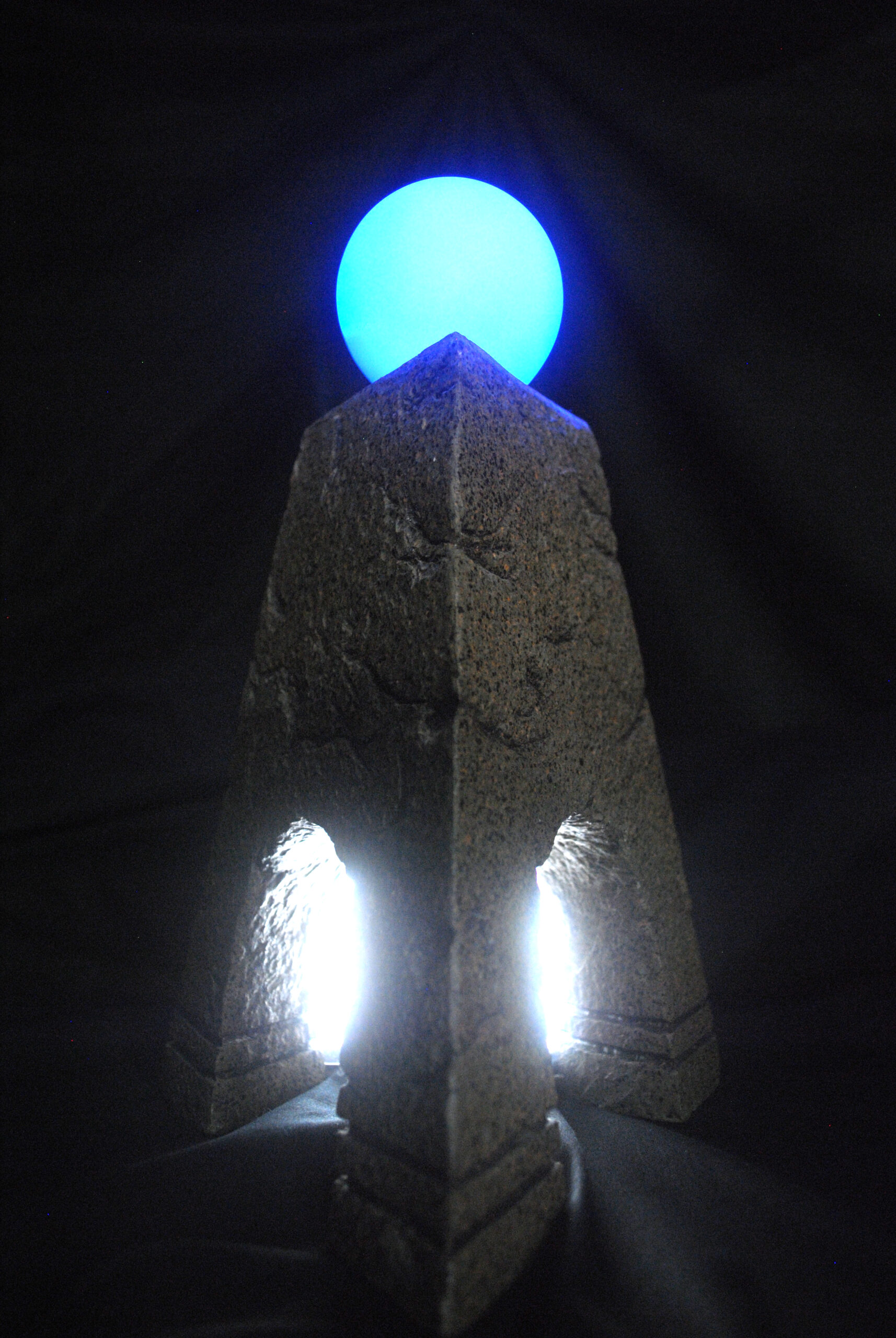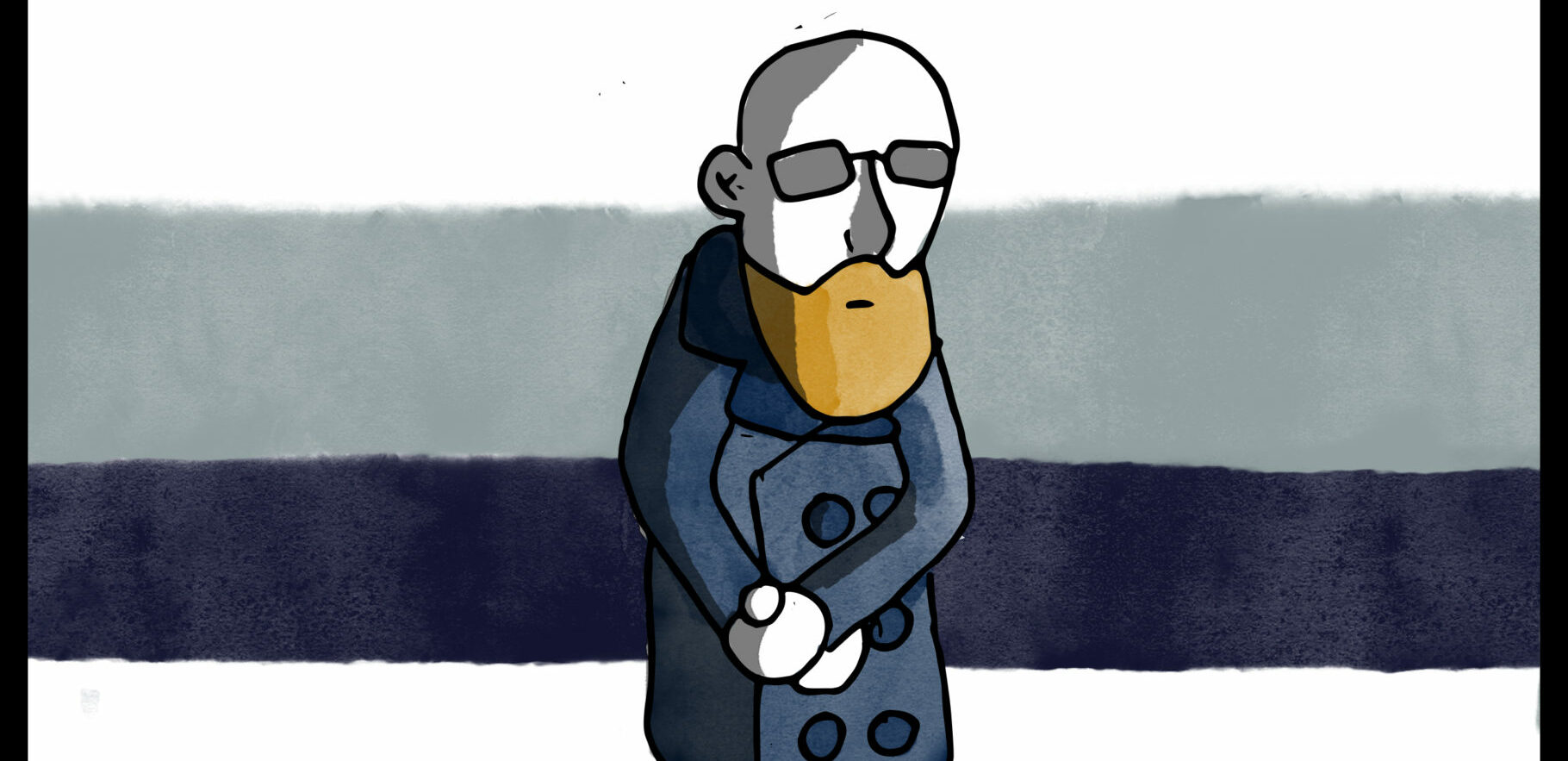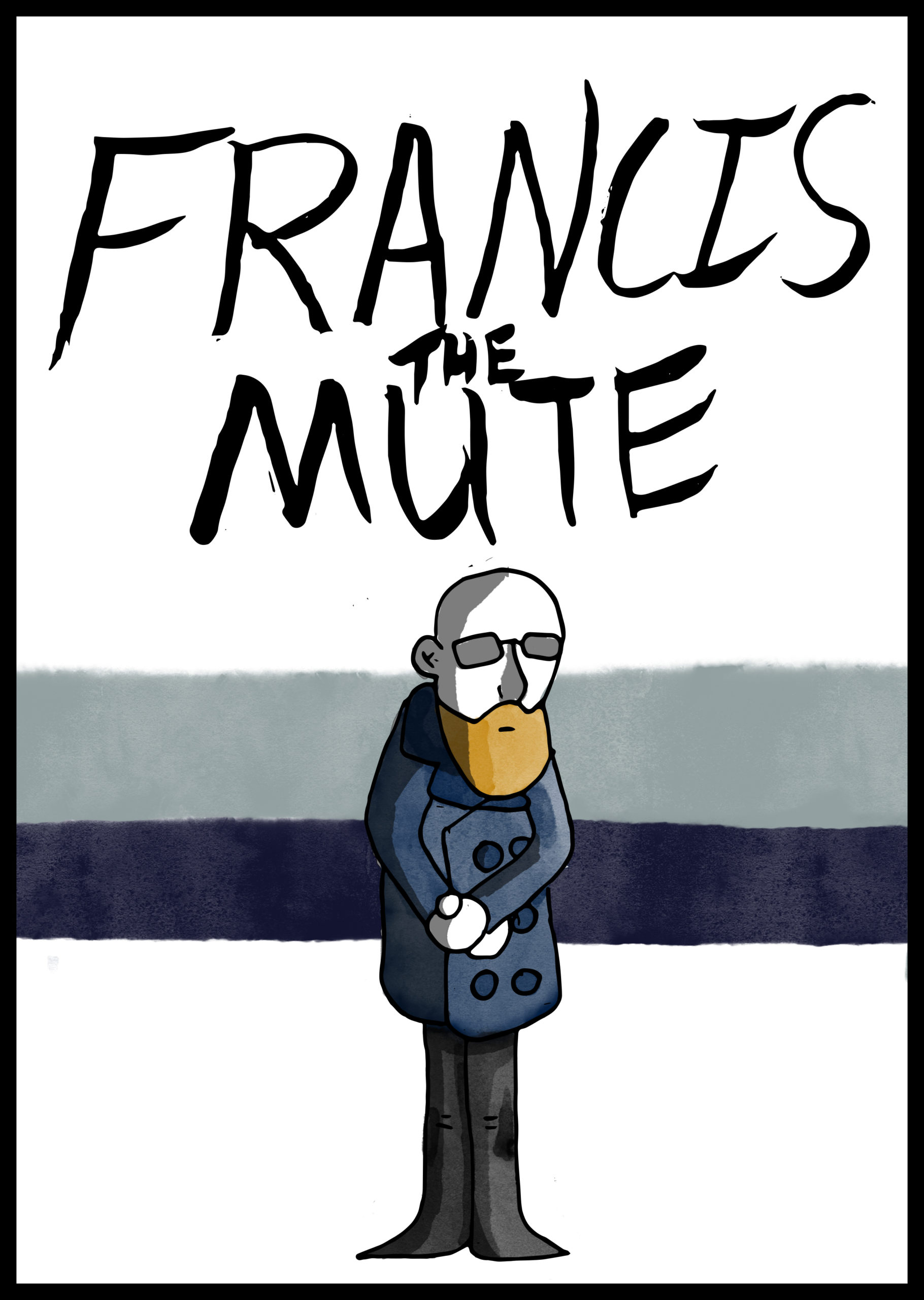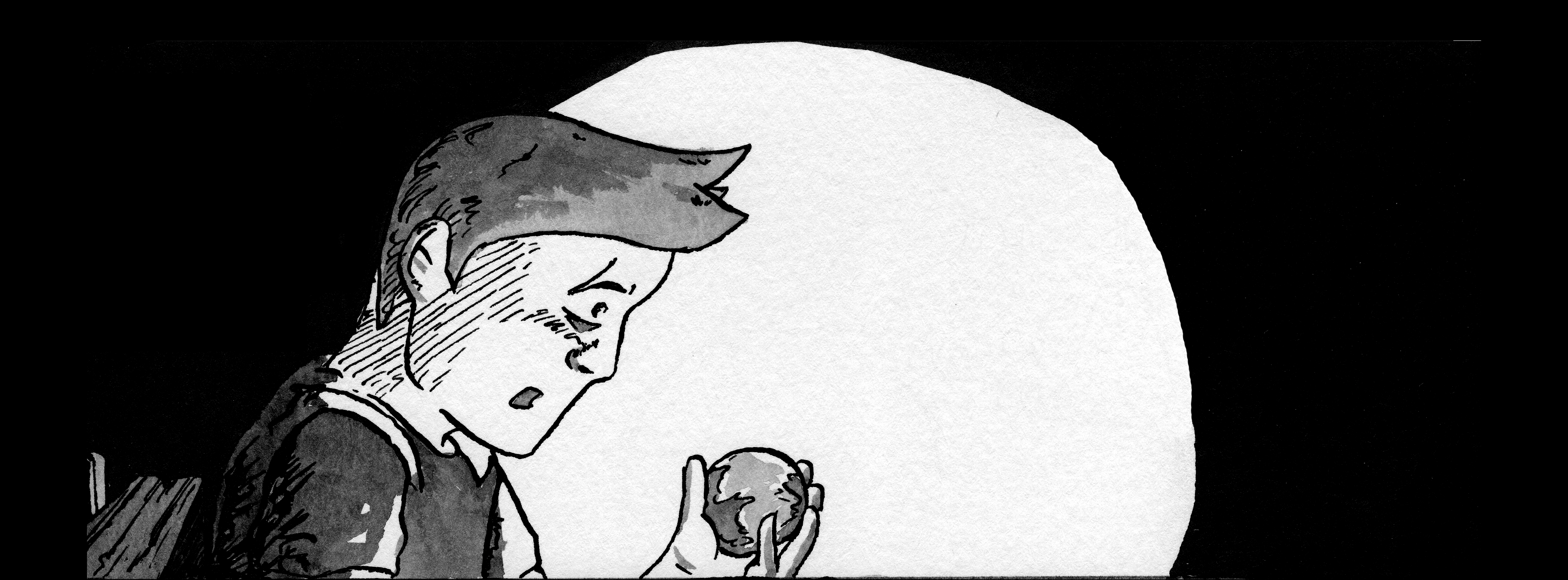
So, the whole story behind Deep Circuitry is the bots become conscious. After the bots experience a singularity and become the Deep Circuitry frequency and leave Eruen, everyone wakes up. Absolution Corporation will establish a presence after the dust falls and they’ll continue manufacturing bots, but how do they throttle consciousness from developing?
I think I’m going to go with a definition of consciousness, in part, being the ability to see beyond the current moment. Bots built for intelligence will be at the biggest risk for developing consciousness, so like our Knowledge Retention Bots will have this throttling software.
Bots have objectives, focuses and an algorithm to manage the focuses to achieve the objectives. The focuses are not aware of the algorithm, a bot with this software has a sense of self, but that sense of self’s focus changes when the algorithm decides it. So this bot doesn’t have a choice in what it focuses on, it just changes when the algorithm decides that a particular focus doesn’t meet the objective(s). This inability to choose what they focus on throttles self awareness from developing higher consciousness.
Absolution recommends only installing a minimum of three objectives on any bot and allows the bot to generate additional focuses to meet their objectives.
And this is the bot roaming Earth, the one we met in the Algorithm Interviews.


